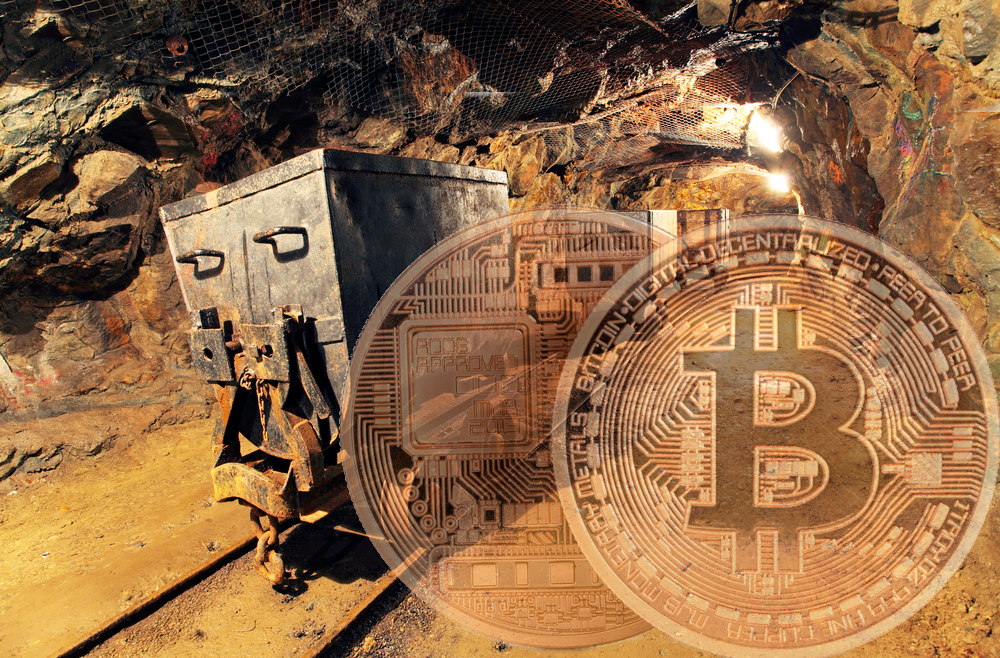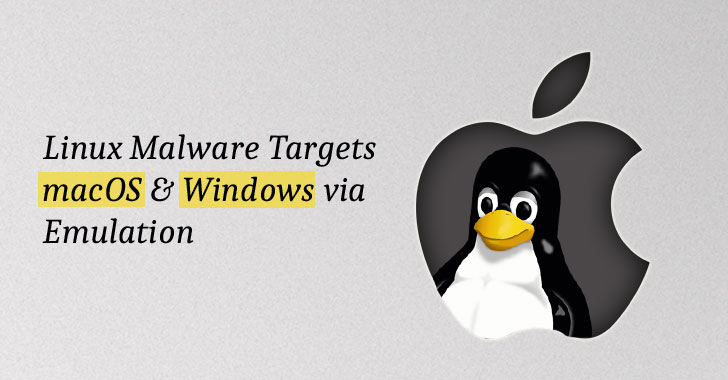With bitcoin and cryptocurrencies being at an all-time high here’s a quick and easy way to get started with mining and exchanging bitcoins.
What does mining really means in the cryptocurrency world??
The way Bitcoin works is that instead of having one central authority who secures and controls the money supply (like most governments do for their national currencies), this work is spread out all across the network. Most of the heavy lifting for Bitcoin is done by “miners”.
Miners collect the transactions on the network (like “Alice pays Karim 10 bitcoins” and “Liam pays Sofia 8.3 bitcoins”) into large bundles called blocks. These blocks are strung together into one continuous, authoritative record called the block chain, which doesn’t permit any conflicting transactions. This is necessary because without it people would be able to sign the same bitcoins over to two different recipients, like writing cheques for more money than you have in your account. The block chain lets you know for sure exactly which transactions count and can be trusted (so no bad cheques!).
The way Bitcoin makes sure there is only one block chain is by making blocks really hard to produce. So instead of just being able to make blocks at will, miners have to compute a cryptographic hash of the block that meets certain criteria. Bitcoiners refer to this process as “hashing”. The only way to find a cryptographic hash that’s “good enough to count” is to try computing a whole bunch of them until you get lucky and find one that works. This is the “lottery” that David Schwartz refers to, because miners who successfully create a block are rewarded some bitcoins according to a preset schedule. The difficulty of the criteria for the hash is continually adjusted based on how frequently blocks are appearing, so more competition equals more work needed to find a block. A modern GPU can try hundreds of millions of hashes per second, so to be competitive in this race to find hashes miners need specialised hardware, otherwise they will tend to spend more on electricity than they make in the “lottery”.
In addition to the hash criteria, a block needs to contain only valid, non-conflicting transactions. So the other main task for miners is to carefully validate all the transactions that go into their blocks, otherwise they won’t get any reward for their work!
Because of all this work, when a Bitcoin client signs on to the network it can trust the block chain that was most difficult to produce (since this is evidently the one that was being worked on by the most miners). If there was a “fake” blockchain competing with the real ones (say, where someone pretends that they didn’t actually give Sofia those 8.4 bitcoins and they still have them), the fraudster would have to do as much work as the whole rest of the network to make their block chain look as trustworthy. So essentially, the intense work that goes into finding blocks through hashing secures the network against fraud. There is also, of course, some nifty code that figures out how to choose between conflicting transactions; and what to do if two people find valid blocks at the same time.
One last thing: why is it called mining? In the original analogy, people who performed this essential work were compared to gold miners digging the gold out of the ground so that everyone could use it. But in reality, Bitcoin “miners” are just running computer programs on very specialized hardware that automates the process of securing the network. To sum up, this software
- Collects transactions from the network
- Validates them, and doesn’t allow conflicting ones
- Puts them into large bundles called blocks
- Computes cryptographic hashes over and over until if finds one “good enough to count”
- Then submits the block to the network, adding it to the block chain and earning a reward in return.
How to start mining your very first crypto currency
Firstly there’s two options you should look at, solo mining or pool mining ( read the wiki here if to learn the difference ). Unless you have a lot of computing power (several ASICs), you should probably mine at a pool, but for the sake of the article we would like to mine our own bitcoins or any other cryptocurrency.
The main job of the software is to deliver the mining hardware’s work to the rest of the Bitcoin network and to receive the completed work from other miners on the network.
Bitcoin mining software monitors this input and output of your miner while also displaying statistics such as the speed of your miner, hashrate, fan speed and the temperature.
Bitcoin Wallets
One of the most important things you will need before using any kind of Bitcoin mining software is a wallet.
Why?
This is because all Bitcoin mining software will ask you for a Bitcoin address that will be used to send your mining rewards and payouts. Once you create or download a wallet you will be able to get a Bitcoin address from your wallet.
There are many Bitcoin wallets, but these are the ones we recommend if you are just starting out:
- Ledger Nano S – Secure Bitcoin hardware wallet for all platforms.
- Electrum – Simple Bitcoin wallet that works on Mac, Windows, and Linux.
- Mycelium – The most popular Bitcoin wallet on Android.
- breadwallet – The most popular Bitcoin wallet for iOS.
If you expect to earn a lot of money through mining then it would be smart to purchase a more secure wallet: a hardware wallet.Now that we understand mining software and how it helps in the mining process, and you got your Bitcoin wallet and address, let’s look at different software on different operating systems.
Bitcoin Mining Software for Windows
Bitcoin Miner
You can use Bitcoin Miner on Windows 10 and Windows 8.1.
It has an easy to use interface, power saving mode, mining pool support and fast share submission.
One useful feature is the profit reports feature because this feature will help you know if your mining is profitable or not. The latest version of this software is Bitcoin Miner 1.27.0.
BTCMiner
BTCMiner is an Open Source Bitcoin Miner for ZTEX USB-FPGA modules 1.5.
BTCMiner comes with the following features:
- Dynamic frequency scaling in that BTCMiner automatically chooses the frequency with the highest rate of valid hashes
- Ready-to-use Bitstream i.e. no Xilinx software or license required.
It also comes with supported FPGA boards which contain a USB interface used for communication and programming.
CGMiner
CGMiner is arguably the most famous and commonly used among Bitcoin miners at the moment.
CGMiner is based on the original code of CPU Miner.
This software has many features but the main ones include:
- fan speed control
- remote interface capabilities
- self-detection of new blocks with a mini database
- multi GPU support
- CPU mining support
BFGMiner
BFGMiner is more or less the same as CGMiner.
The only major difference is that it doesn’t focus on GPUs like CGMiner but instead it is designed specifically for ASICs.
Some unique features of BFGMiner include: mining with free mesa/LLVM OpenCL, ADL device reordering by PCI bus ID, integrated overclocking and fan control.
EasyMiner
EasyMiner is GUI based and it acts as a convenient wrapper for CGMiner and BFGMiner software.
This software supports the getwork mining protocol as well as stratum mining protocol. It can also be used for both solo and pooled mining.
Among its main features is that it configures your miner and provides performance graphs for easy visualization of your mining activity.
Bitcoin Mining Software for Linux
CGMiner
CGMiner is arguably the most famous and commonly used among Bitcoin miners at the moment.
CGMiner is based on the original code of CPU Miner.
This software has many features but the main ones include: fan speed control, remote interface capabilities, self-detection of new blocks with a mini database, multi GPU support and CPU mining support.
BFGMiner
BFGMiner is more or less the same as CGMiner.
The only major difference is that it doesn’t focus on GPUs like CGMiner but instead it is designed specifically for ASICs.
Some unique features of BFGMiner include: mining with free mesa/LLVM OpenCL, ADL device reordering by PCI bus ID, integrated overclocking and fan control.
EasyMiner
EasyMiner is a GUI based software and it acts as a convenient wrapper for CGMiner and BFGMiner software.
This software supports the getwork mining protocol as well as stratum mining protocol. It can also be used for both solo and pooled mining.
Among its main features is that it configures your miner and provides performance graphs for easy visualization of your mining activity.
Bitcoin Mining Software for Mac OS X
RPC Miner
RPC Miner can be used on Mac OS 10.6 or higher and features integration with Mac OS APIs and systems.
More
All of the mining software above listed for Linux and Windows also works for Mac OS X. Scroll up to learn more!
Video Demo
See below video demonstration on how to get started on mining and exchanging bitcoins








